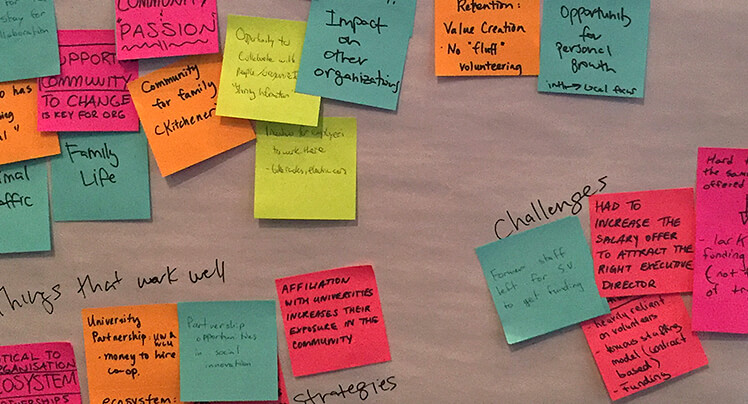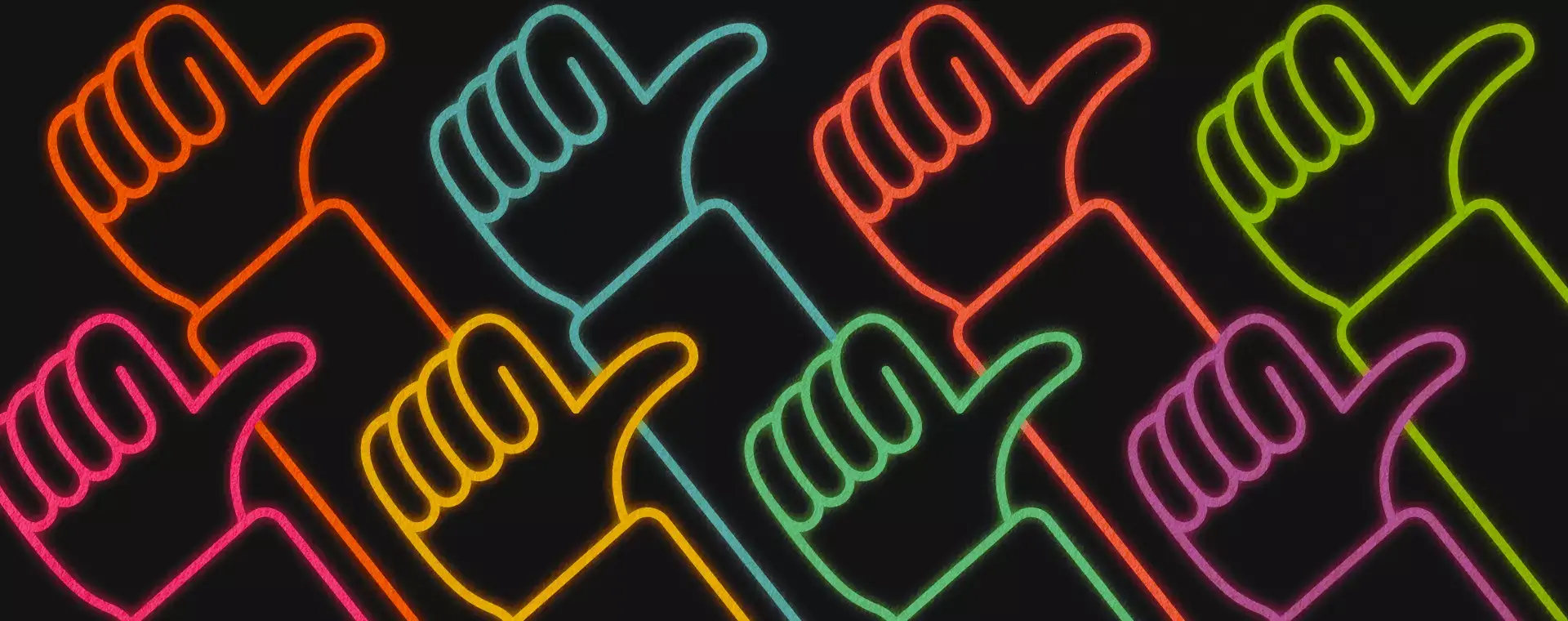I had the privilege of attending a design thinking bootcamp called Design for Change at Communitech with guest speaker Barry Katz. Barry is a fellow at IDEO, Inc., a Silicon Valley-based design and innovation consultancy. He is also a professor at both Stanford University and at the California College of Arts in San Francisco. At this bootcamp I was introduced to a new way of looking at problems using a powerful tool called Design Thinking.
So What Exactly is Design Thinking?
Design thinking is the idea that any problem can be treated as a design problem. It’s about being empathetic as a designer and trying to understand the root cause of a problem using divergent thinking. Design thinking is a new way of thinking and discovering opportunities and idea inspiration by asking the right questions. Some of the most important data is collected not from what individuals say, but what they don’t say.
An example that was used during the bootcamp was about individuals with arthritis and the difficulty of opening pill bottles. Sometimes they can be a pain for the everyday person, let alone someone with arthritis. An elderly lady was asked if she had an issue opening up her pill bottles to which she replied no. Most would accept the answer and move on. However further probing her, asking how she went about opening them, they found out she was cutting off the tops with an electric meat slicer. Crazy! Of course, this is very dangerous and not the optimal solution to opening a pill bottle for anyone. By asking further probing questions, valuable data was collected which led to a re-design of the bottles for arthritic hands.
How to Apply Design Thinking
Design thinking is not a process but more of a philosophy. However, there are five main principles when tackling design thinking when approaching a problem.

Learn from people
Ask open-ended questions and learn as much as you can to collect important data about your problem. Avoid asking questions with yes or no answers and try to get your interviewees to tell stories. Stories often include hidden information that you may not even think to ask.
Find patterns
Take your data and capture it on sticky notes and then put them into common clusters on a board. This will allow you to find similarities and patterns for opportunities.
Define design principles
From your data clusters, define key design principles that will be necessary for your solution. In the case of the pill bottle, a common theme might be that the lid is hard to grip. Thus, a key principle would be to have a lid that is easy to grasp.
Make tangible
Take your ideas and turn them into a prototype. It doesn’t have to be pretty either. It could be made out of objects around your office or a simple wireframe. The point of a prototype is to create further dialogue and to dive deeper to find a proper solution.
Iterate relentlessly
Constantly test your prototype. What’s wrong with it? What’s right with it? What’s missing? Get people to try it out, hold it, possibly use it, and gather feedback to refine your prototype.
Start Small to Gain Big Ideas
It’s important to note that when you’re using Design Thinking to solve a problem, don’t focus on trying to solve the entire issue. Some problems can be large in scale and require multiple stages of thinking to work through. Working on small ideas, even if they seem trivial, might provide insight and inspiration for a true solution in the end. If you try to solve world hunger in one quick session, you are doomed to fail. Start small and let it grow organically. Sometimes all you have to do is make a dent to get the momentum started.







